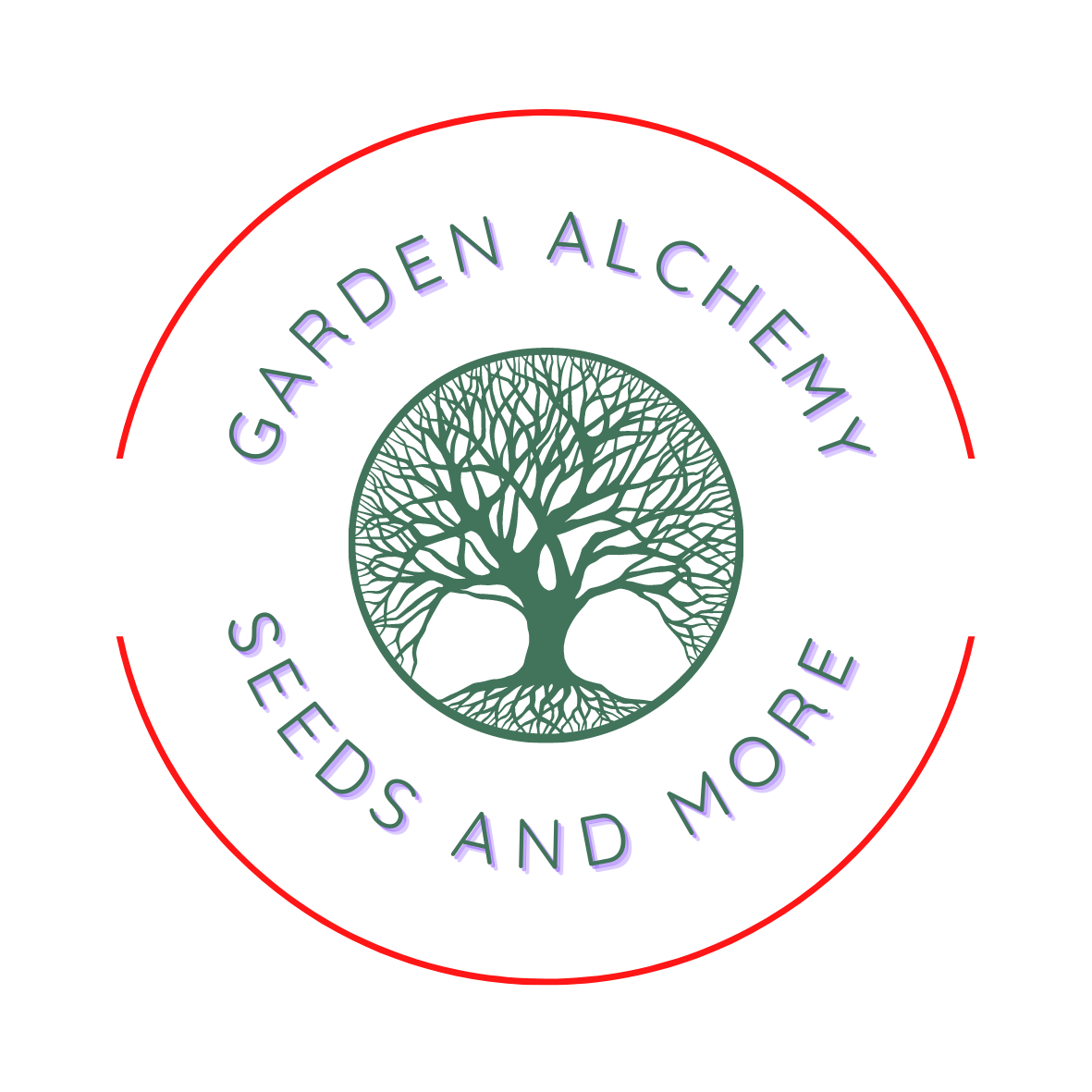
Our Approach is to spend quality time in your yard to get to know all the ins and out and nooks and Crannies. Observe, Listen, set a course to tidy and nurture the Garden
Growing Mustard - Benefits and Instructions
Benefits of Growing Mustard
-
Medicinal - Historically, the Greeks and Romans popularized medicinal use of mustard. Mustard and mustard seed have been used to relieve joint pain, lower blood sugar, reduce the symptoms of dermatitis, and help relieve symptoms of the common cold.
- Nutritional Profile - Vitamins A,K and C, potassium and magnesium.
-
Use in: Soups, stews, braised, fermented, pickled, stir fry, salads.

Growing Instructions
Culture:
Harvesting:
Mustard greens may be harvested throughout the season, as long as they are sprouting. As a rule of thumb, it is important to never harvest more than 1/3 to 2/3 of the plant at one time, so that it will continue to grow. A popular way of harvesting mustard seeds from their pods is by pulling up the plant and hanging it upside down in a paper bag and allowing it to dry out. After two weeks, shake the bag and the seeds should fall out of their pods.
Storage/Preparation:
Fresh mustard greens can be stored in the refrigerator for upto 2-3 weeks. For best fresh storage wrap leaves in tea towels or paper towels and store in a sealed container or plastic bag. Mustard can also be frozen, pickled and canned.
Companions:
Onions, cucumbers, celery, thyme, rosemary, beets, peas.
